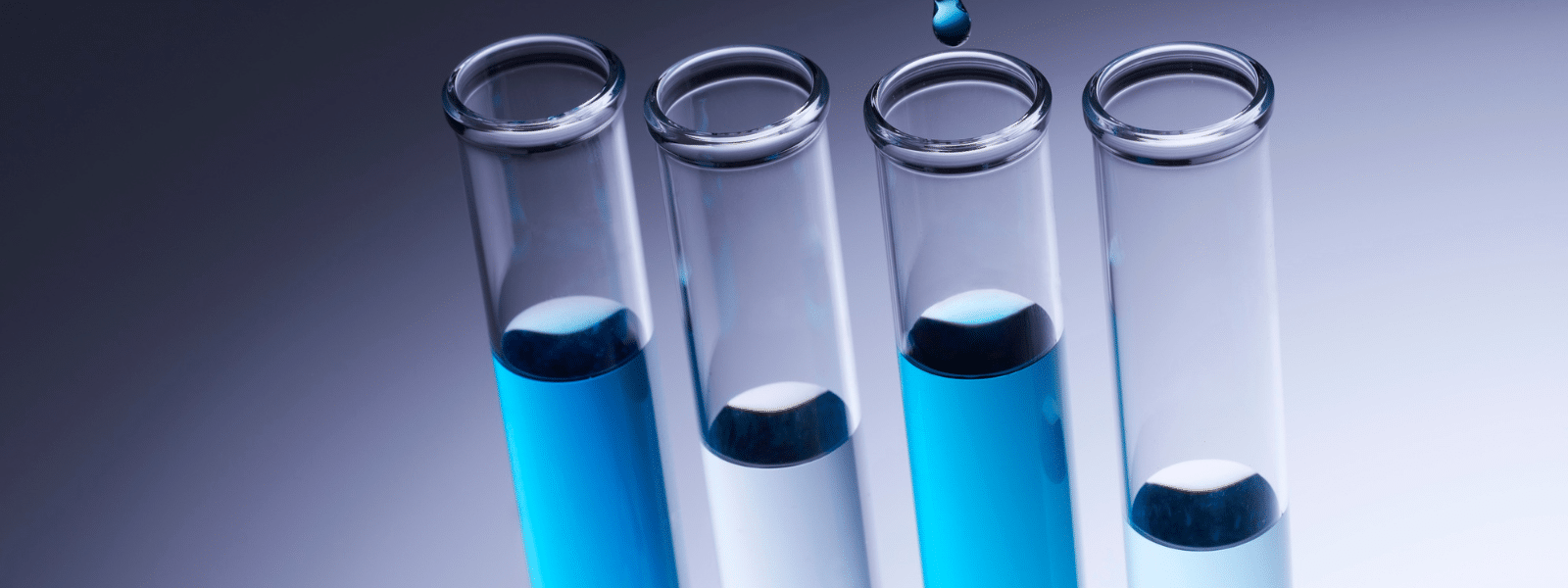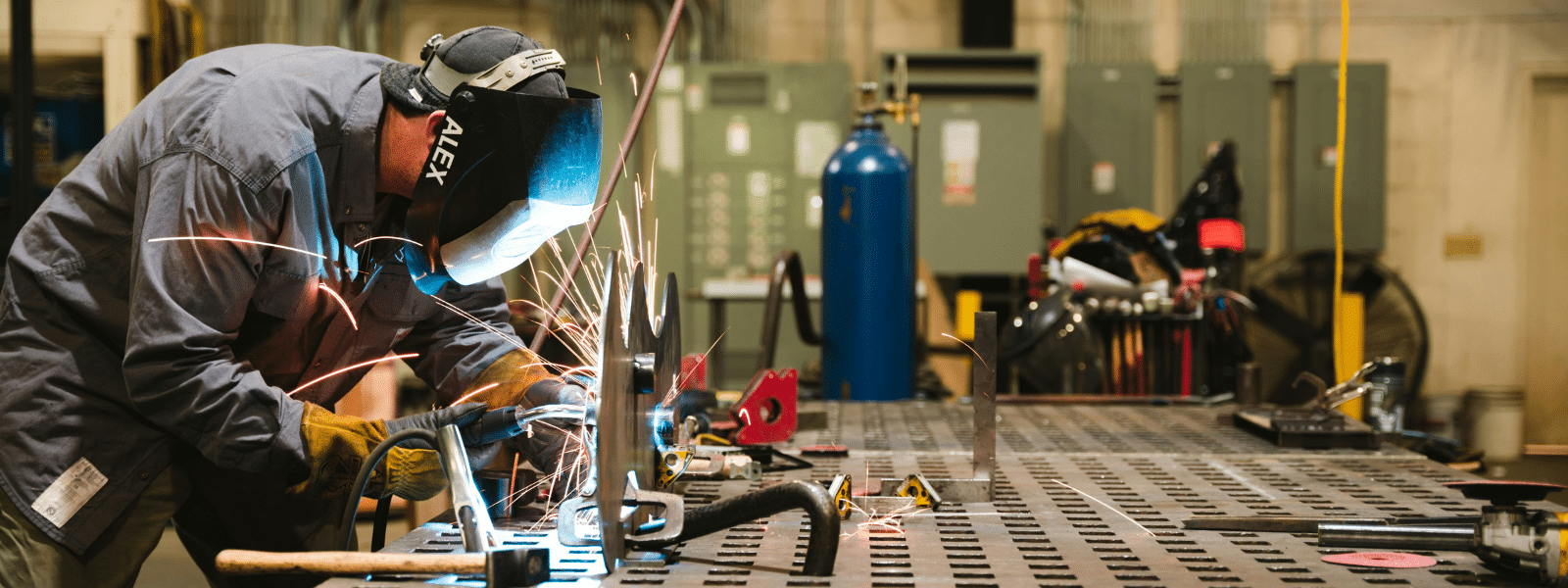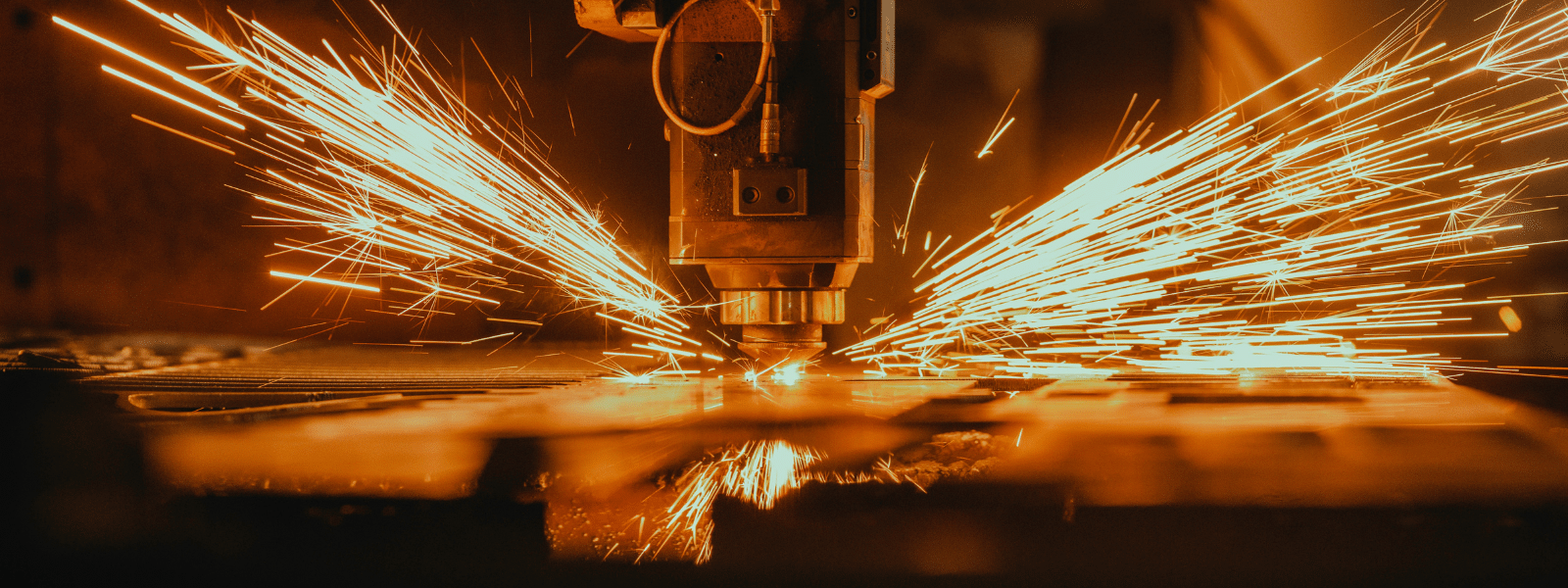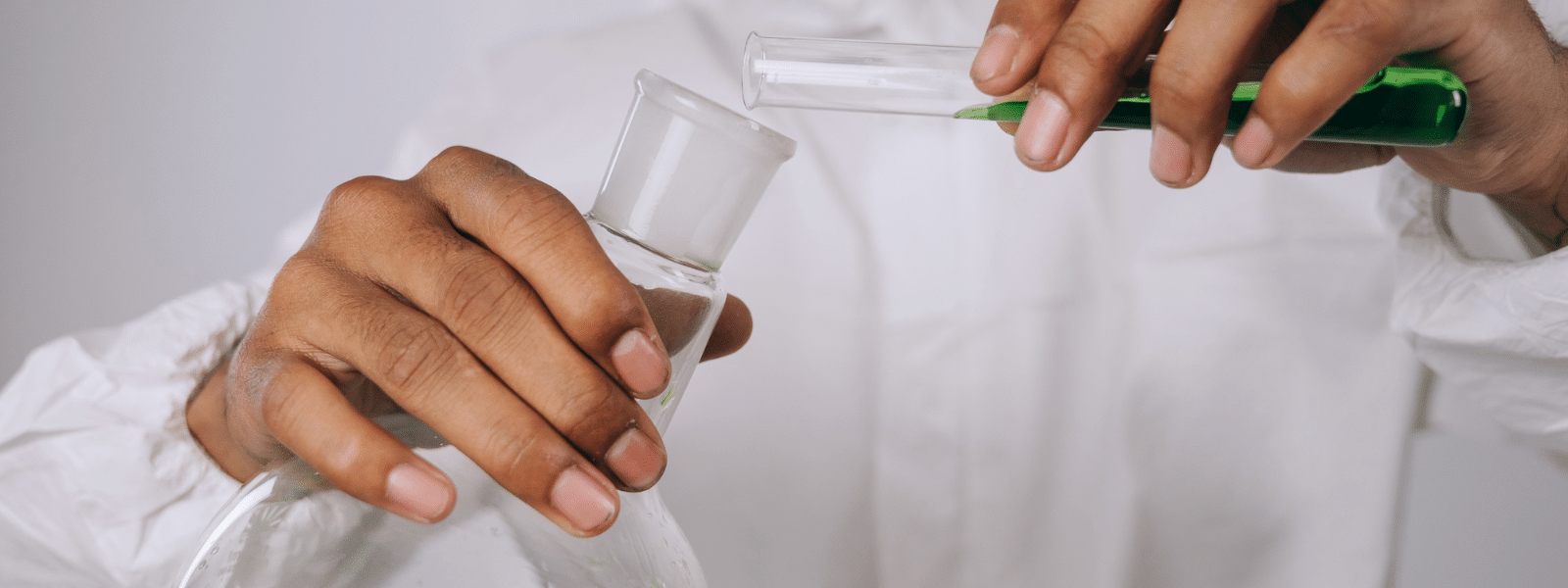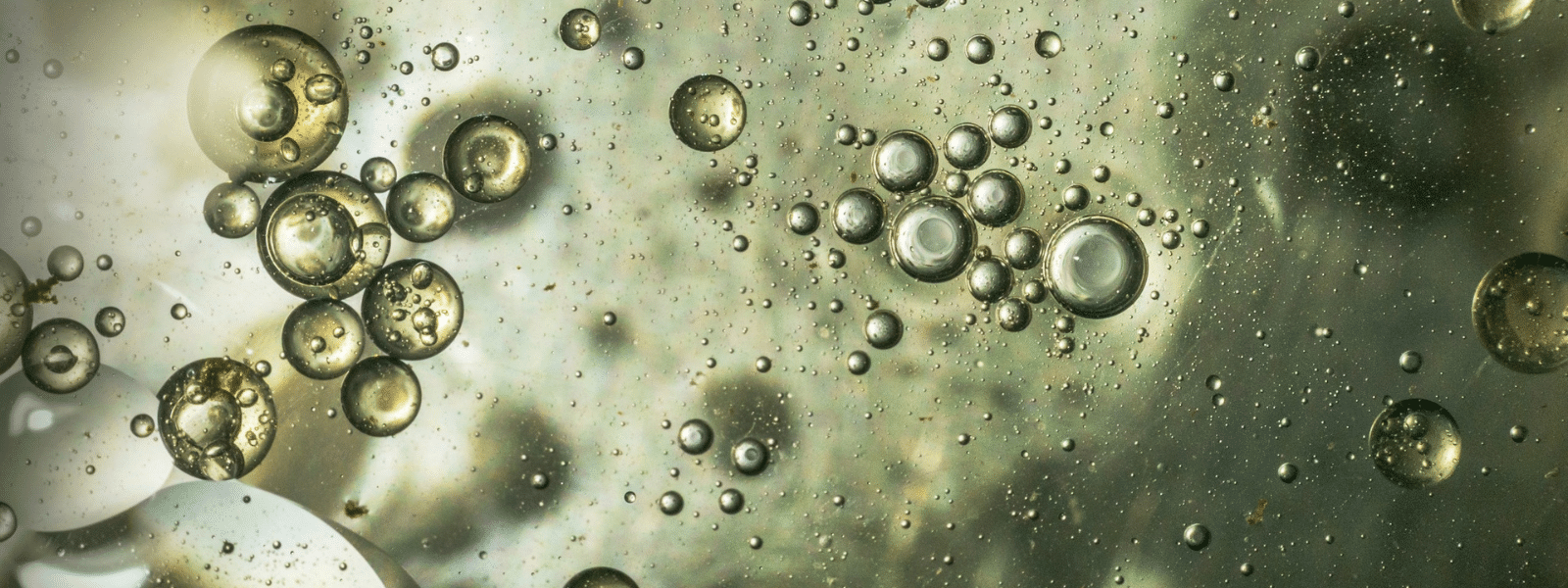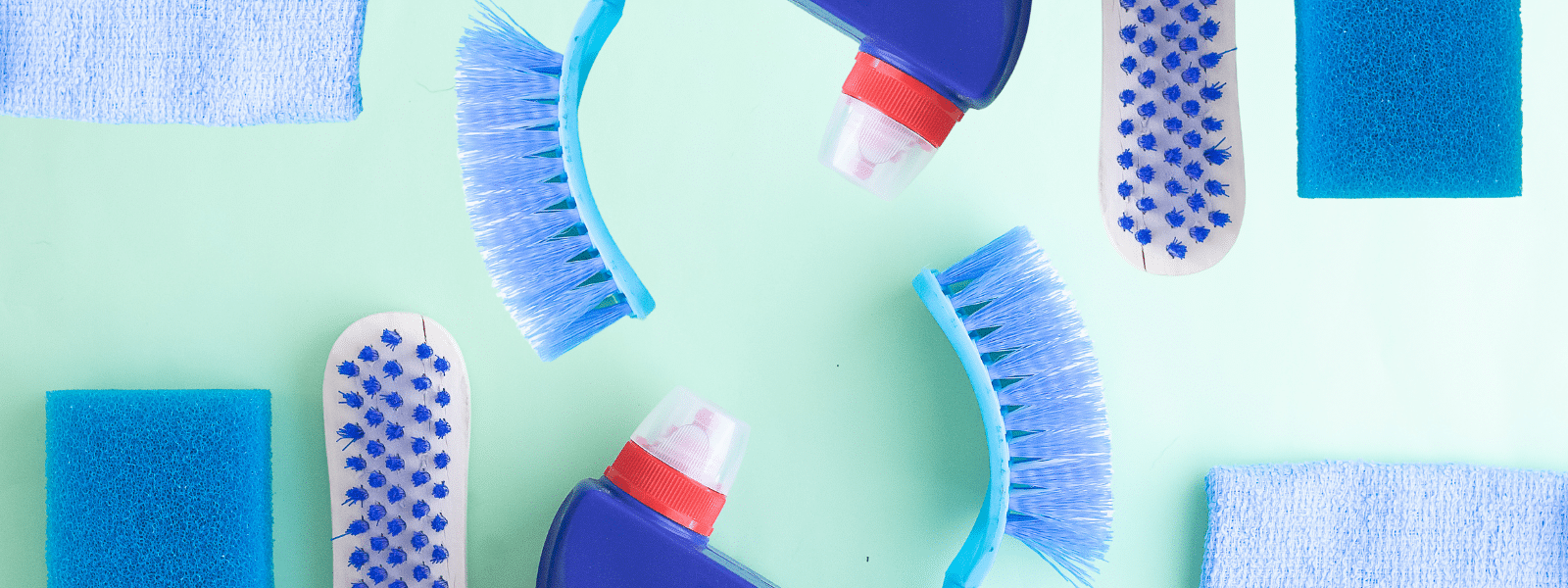Tripropylene Glycol Methyl Ether or Glycol TPM, is a solvent that is often utilized in the production of various types of inks including stamp pads, ballpoint pens, and felt-tip pens.
Why Glycol TPM?
Glycol TPM is not the only substance that makes a difference in the ink making process.
Glycol DPM also plays a significant role in creating the ink pens that we all know, love, and use everyday.
However, Glycol DPM–or Dipropylene Glycol Methyl Ether–has a less direct part in the ink making process than Glycol TPM.
Glycol TPM evaporates more slowly than Glycol DPM.
This quality makes Glycol TPM better suited as the primary solvent used in ink making, and Glycol DPM ideal as a tail-solvent for stamp pads, ball-point pens, felt tip pens, and various types of printing inks among a wide range of other applications.
How Does It Work?
As a solvent, Glycol TPM is highly soluble and has a low evaporation rate.
These qualities mean that Tripropylene Glycol Methyl Ether mixes extremely well with other substances, and that it is a key component for companies that seek to manufacture long-lasting, and slow-drying pens.
Glycol TPM also has a lower viscosity than other substances.
Less viscous chemicals are best for ink production, as their purpose is to mix with other raw materials and create a smooth and flowing ink.
The more viscous a material is, the thicker it will be, and that is inefficient for ink pen production.
Glycol TPM is not harmful in pen ink, printer ink, or stamp pads, as it is simply a component of the ink used to ensure that your product has the longest use possible.
Manufacturing
The ink manufacturing process transforms Glycol TPM and other similar chemicals from their natural state into a mixture of other raw materials and dyes.
- Glycol TPM is a part of a company’s ink formula that is mixed into a batch of other chemicals and combined with dyes in order to create the formula that will go into the pen’s ink reservoir.
- The chemicals are mixed in a large batch located in a designated area of the manufacturing plant.
- The batch of materials are mixed at hot or cold temperatures depending on the specific formula that an individual company will follow.
- The parts of the pen are formed by compressing metal into molds.
- Once the individual parts of the pen are created, the body of the pen is attached to the ink reservoir.
- Finally, one of many new pens featuring the slow-drying ink produced best by Glycol TPM is born.
Shop Glycol TPM here, or call (800)-563-1305 if you have any questions.







